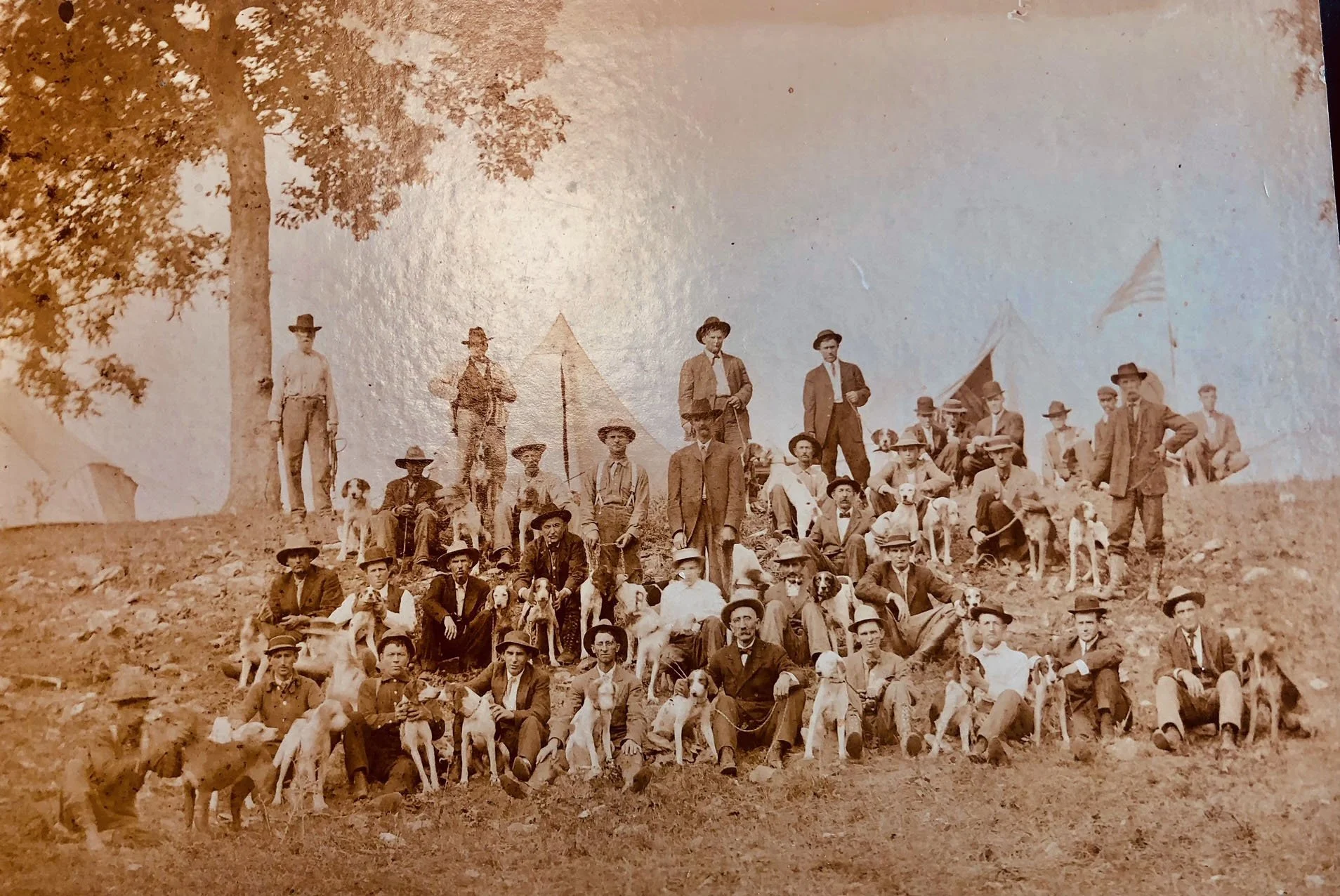The North Platte Historical Society Museum and Cultural Center will feature a program about the history of fox hunting which will include photos and memorabilia, from 10 a.m. to 2 p.m. Oct. 22.
The event will cover the history of the fox hunt with old photos up to the 1980s. There will be hunter memorabilia and a question-and-answer session for the hunters and families. There will also be a discussion on how the fox hunt became such a huge attraction.
For local resident, Steven Goodlet, fox hunting in the area has been an important event for as long as he can remember.
“I grew up on a farm with a lot of woods and creeks, a perfect place for coyotes to live,” Goodlet said. “We had the old Rock Island Railroad abandoned line on the west side of the house about a mile away and at night we could hear the coyotes howl and the pups yelp. Fox hunt time meant the hounds would run after them. We could hear the hounds bark as they pursued, but I don’t think the hounds ever caught any of the coyotes.”
Goodlet said for the hunters that was fine, they mainly wanted to hear the dogs howl and watch them run.
“I enjoyed it listening to the chase,” Goodlet said. “Our farm was one location the hunters could count on. It was fun even though I wasn’t a fox hunter.”
The 30th annual fox hunt featured a talent contest with cash prizes, singing groups, a St. Joseph magician a three-act play and a horseshoe pitching contest. Tents were furnished for dogs.
In the past, many people came from all around the area to see and hear guest speakers, watch plays performed by Dearborn high school students, and listen to country music singers from WHB and KMBC. Local talent performed through the week along with the out-of-town entertainers.
“Old timers say that they needed pews from the three churches to seat everyone,” Goodlet said. “Not a parking spot left anywhere in town. A carnival was added in the 1950s. I always liked to ride the tilt a whirl.”
In 1937, the Dearborn schools provided some of the entertainment for the event. The fox hunters had 44 dogs for the hunt and crowds totaled 2,500 for the radio show entertainers.
The fox hunt and activities through the week and weekend was sponsored by merchants from all the Platte and Buchanan towns. The area churches provided food with benefits going to the church that was scheduled to work. Money from the merchants and a gate charge allowed top entertainers to come and helped out the hunters keep their grounds up. “When the late 1970s and early 1980s came around, most people lost interest,” Goodlet said. Many land owners began fencing off property and liability became a factor. Now the few hunters left have a closed area to hunt coyotes on private property.”
In October, 1908, area fox hunters met in the home of James Worrel to organize a fox hunters club. The club was formed for self protection and called the Platte-Buchanan Fox Hunting Association. There were 28 hunters present. Worrel was later elected president and a seven-member board of directors was appointed. The first organized hunt in the hills of Rushville was in 1911.
Fox Hunter magazine the “Red Ranger” also began that year. Lew Gingery was the publisher.
The seventh annual fox hunt was in Iatan and included a carnival. The nearby CB&O Railroad brought large crowds to the event. The Ladies Day event drew more than 1,000.
The eighth annual fox hunt was held again in Iatan, and fox hunters at the event helped the Red Cross in the war effort.
The 34th annual meet of Buchanan-Platte County Fox Hunters’ Association was in September, 1942 and camping was free with tents available for a fee. There were cash prizes on bench and field and dog races.
In 1919, the event was held just south of Rushville and a special fox chase highlighted the event. Four wolves were captured and released one at a time an hour apart in the afternoon sessions. Trap shooting was added to the activities.
In 1925, fox hunters purchased pasture land just south of Dearborn for a future location for buildings, a large kennel, meeting house, bunk house, dining hall and bench show state.
By 1942, the show included sharp shooter Colonel Willbur and his assistant Juanita who performed daredevil acts of gunfire, and roller skate speedsters, Lowell and Bernice who were called the fastest couple on wheels. More than 100 area sponsors helped to cover expenses. By 1949, 175 dogs were chasing the foxes. When the 77th annual fox hunt was held in 1985, the talent shows and carnival had become a thing of the past and a flea market was offered.
The North Platte Historical Society Museum and Cultural Center’s fox hunting photos and memorabilia on Oct. 22 will provide memories for many, and a new look and discoveries of the history of the area for younger people.




